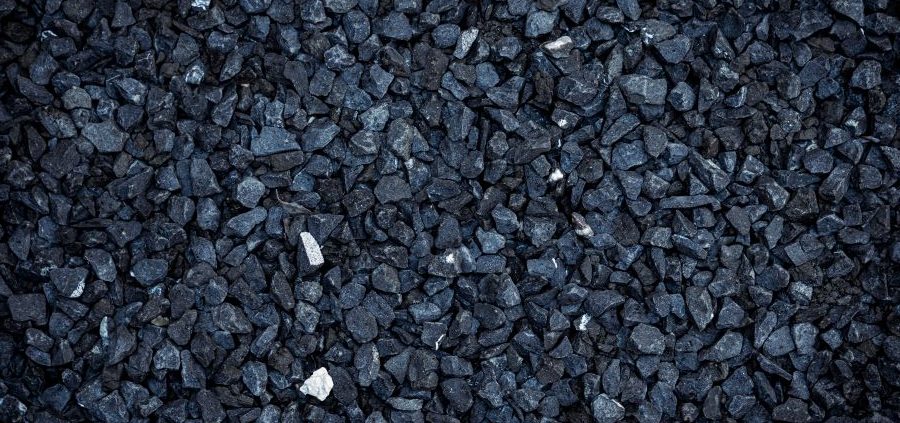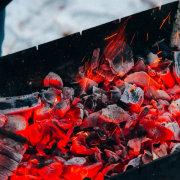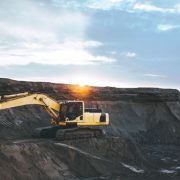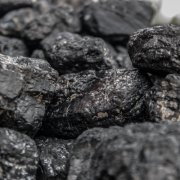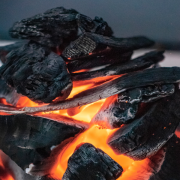What are the four different types of coal?
We all know of coal – a solid fuel mined around the world and used as a heat source, for power generation and as coke to manufacture cast iron, steel and other metal products. Coal is the material that fueled the industrial revolution, but did you know there are four different types of coal?
What is coal and how is it formed?
Coal is actually a sedimentary rock, made up mostly of carbon and hydrocarbon molecules. It is these hydrocarbons that burn, reacting with oxygen to generate heat, light and carbon dioxide. Like all sedimentary rocks, coal formed over hundreds of millions of years from layers of materials and intense pressure. It is for this reason that we call coal a fossil fuel.
In ancient forests and swamps from as early as the Carboniferous period (360 million – 290 million years ago). plants grew, just as they do now, creating energy from water, carbon dioxide in the air and sunlight, and storing it in their bodies as sugars, or hydrocarbons. Eventually, these plants died and decomposed, becoming part of the topsoil, or accumulating into peat bogs.
This process repeated over millions of years led to layering sediments, and the weight of these layers, as well as possible tectonic plate shifts, put intense pressure on the early plant layer. The ancient plant matter hardened under pressure and high heat into the sedimentary rock we now know as coal.
But the energy stored by the plants while they were alive is still present in hydrocarbon chains, which is why coal has been considered a powerful fuel: this energy is what is released as heat and carbon dioxide during coal combustion.
The amount of pressure and heat that acted on the plant matter over this length of time determines the type of coal present today.
What are the four major types of coal?
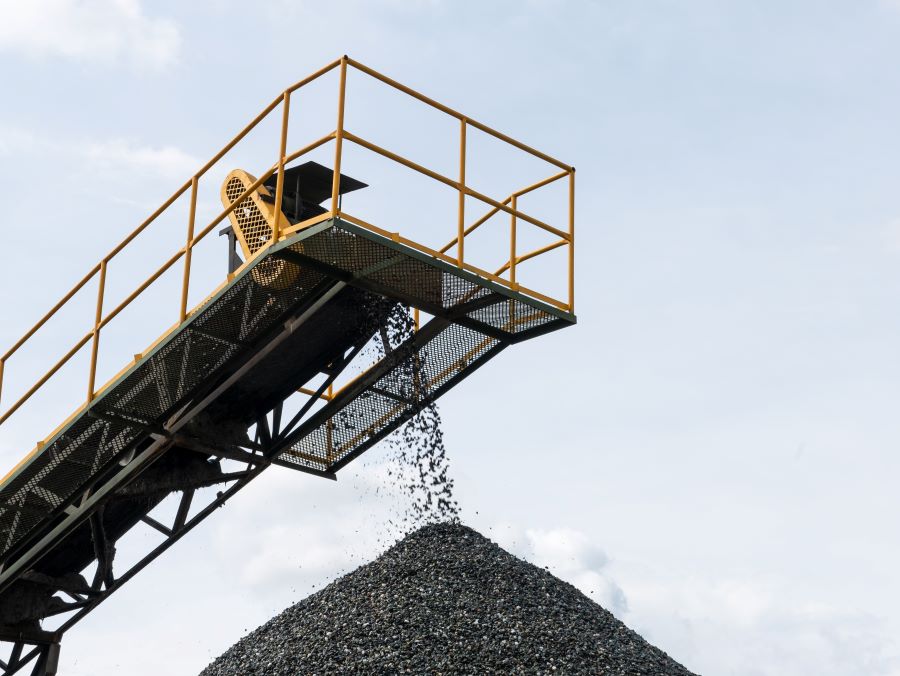
Coal is categorised into ranks depending on its carbon content, both the type of carbon and how much they contain, as well as the amount of heat energy the coal can produce. These ranks come from differences in coal formation, such as the type of vegetation the coal originated from, how long it took the coal deposit to form, the depth of the coal deposit and the temperature and pressure at that depth.
There are four main ranks or classifications of coal: Anthracite, Bituminous, Subbituminous and Lignite.
- Sub-bituminous coal and Lignite are classed as low-rank coals, being younger than other types and having lower carbon contents.
- Anthracite and Bituminous coal are called ˜hard coals™ as they are much harder and denser than low-rank coals. This is due to being formed much earlier and under more intense pressure, which also leads to higher carbon content. Together, these hard coals make up 52% of the world™s coal reserves.
Anthracite
Anthracite is the highest-grade coal and is typically used for industrial applications such as energy generation and the production of steel and carbon fibre, which is a lightweight and strong material used in the aerospace and automotive industries.
Anthracite is mined from underground deposits and is a relatively rare form of coal, accounting for only about 1% of global coal reserves.
Anthracite coal traits
Anthracite is hard, shiny, and non-porous coal that burns slowly with a blue flame and little smoke. It is the hardest and densest form of coal, containing 86%-97% carbon.
Anthracite coal benefits
Thanks to its density, anthracite is also the most carbon-efficient form of coal, as it emits less carbon dioxide than other forms when burned. Anthracite coal also releases very little sulphur dioxide and particulate matter compared to other forms of coal. For this reason, anthracite is classed as smokeless coal, contributing little towards air pollution.
Bituminous Coal
Bituminous coal is the most abundant form of coal, accounting for around 55% of global coal reserves. It is also known as ˜traditional house coal™, because of its long-term use as a domestic heating fuel. Bituminous coal is also used in power generation and in the production of coke, a fuel used in the steel industry.
Bituminous coal traits
This is dense and medium-grade coal that has a higher heating value than lignite and sub-bituminous coal. Bituminous coal contains 45-86% carbon and is between 100-300million years old. Bituminous coal generates a large amount of smoke when burned, so will soon be phased out due to Air Pollution targets.
Bituminous coal benefits
Bituminous coal is generally used for domestic heating fuel and in the manufacture of coking coal for iron and steel works.
Subbituminous
Thought to be around 100 million years old, subbituminous coal is the second most abundant form of coal, accounting for around 38% of global coal reserves. It is slightly less carbon-efficient than bituminous coal, emitting more carbon dioxide when burned.
Subbituminous coal traits
Subbituminous coal is soft and dull-black in colour. This low-grade coal contains only 35%-45% carbon and holds 10-25% water. While sub-bituminous coal has a lower heating value than bituminous coal, it also has a very low sulfur content, sometimes as low as <1%.
Subbituminous coal benefits
Subbituminous coal is used primarily to generate electricity through steam-powered turbines. It is also used as a fuel in some industrial processes, such as the production of cement and the smelting of metals. It is sometimes used as a heat source for homes. Subbituminous coal is hard and light enough to be transported easily and used in large industrial furnaces.
Lignite
Lignite is a soft and brownish-black coal that has the lowest energy content and the highest moisture content of all coal types. It is mainly mined in Germany and used in power generation and as a fuel in some industrial processes, but Lignite is the least efficient form of coal due to its low carbon content.
Lignite coal traits
Lignite contains 25%-35% carbon, giving it the lowest energy content of all coal. This is because it is a relatively young material, having not been compressed by extreme heat or pressure into the denser sub-bituminous coal types. Lignite is crumbly and high in moisture.
Lignite coal benefits
In the UK, lignite is nearly entirely used as fuel for steam-electric power generation, because its low efficiency means it is not useful for other applications.
Other Types of Coal
If Anthracite were left in the ground for another few million years, it would become Graphite, which is technically the hardest type of coal. Graphite does not burn easily, so is used instead in pencils and as a lubricant in its powdered form.
Another carbon-rich material that is technically a very low-grade coal is peat, found in peat bogs. It is soft and crumbly, formed from generations of organic matter which has decayed in an oxygen-poor environment. Peat is the first step in coal formation, and when left under the pressure of 4-10km of sediment it will turn into Lignite. In some places, peat is dried and burned for domestic heating. In the UK, it has for a long time been mixed with organic compost as a nutrient, though this practice is being phased out due to the importance of preserving peat bogs.
Shop online for coal today with Charles Swann
Find the right type of coal for your application at Charles Swann Coal Merchants. We supply anthracites and bituminous coals such as Homefire and our regular Coal Trebles and Doubles. With high levels of stock and competitive prices, our coal supplies are many peoples™ first choice for coal. We offer a choice of delivery options, too, with pre-packed coals and open-sack delivery.

